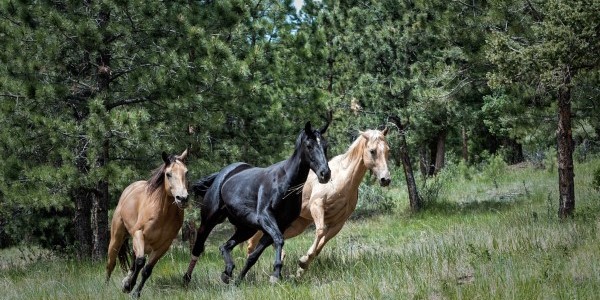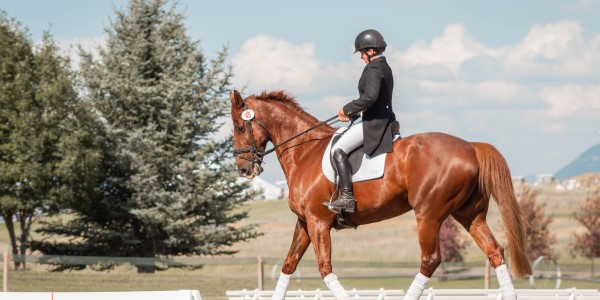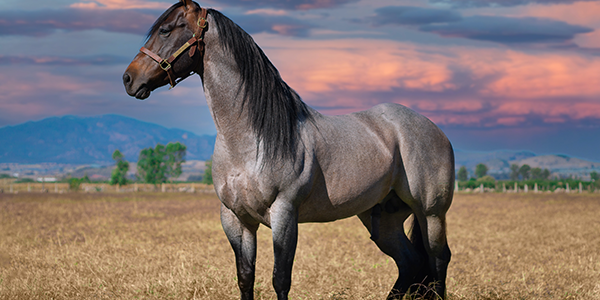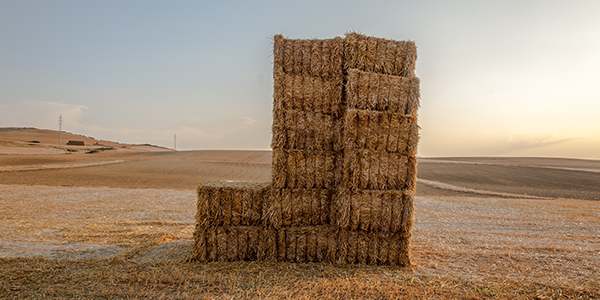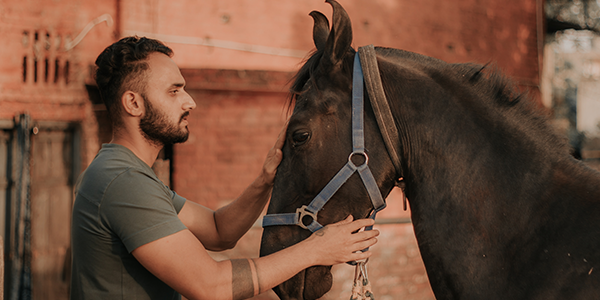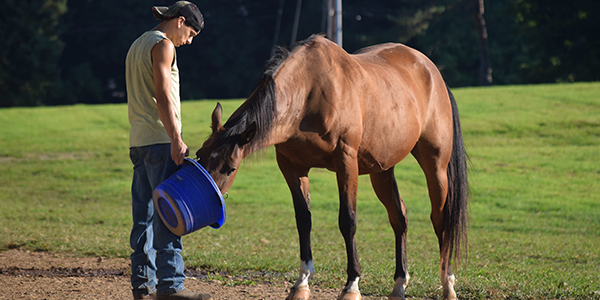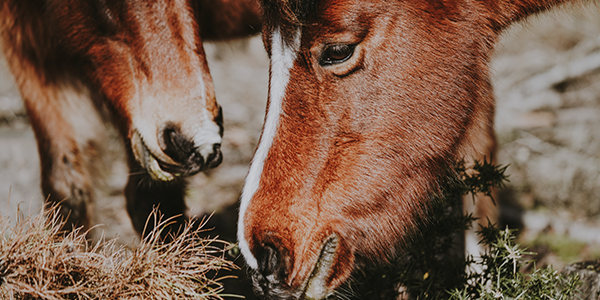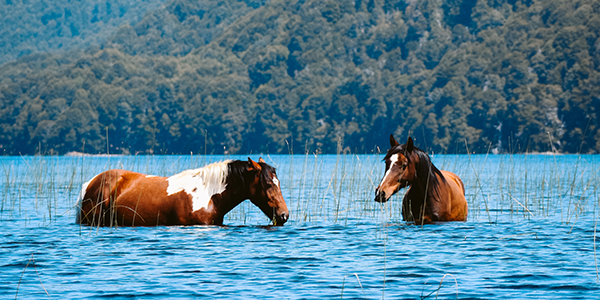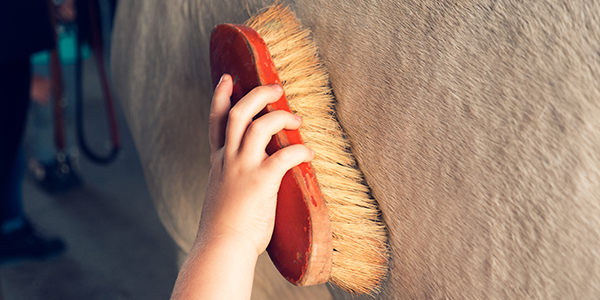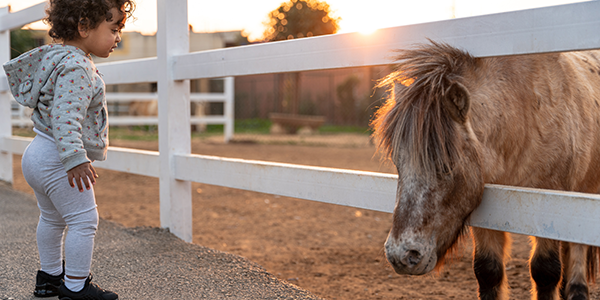During the peak of the summer riding season, your horse’s daily exercise routine will change. The horse requires longer exercise sessions overall and, more importantly, a diverse range of conditioning challenges throughout the week to prepare for this season. Both short and long sessions are beneficial to help the horse achieve the necessary fitness gains. Continue reading for a few tips on how to prepare your horse. Also, if you are looking for a horse property for sale in Colorado, contact Colorado Horse Property today and speak with one of our horse-person realtors.
Prepare Your Horse Gradually
To prepare your horse for the season, you can gradually increase their daily exercise sessions. After consistently training the horse four or more days a week with a progressive buildup of low to moderate speeds and intensity for six weeks, most of the exercise sessions should be around 40 to 50 minutes long. Also shorter days, such as groundwork or easy hack days, can be included in the weekly schedule. However, if they begin to occupy a significant portion of the schedule, it can lead to detraining. Try to find a balance that works best with your horse.
After this stage, the duration and intensity of the horse’s conditioning and workouts become more tailored and intricate based on the desired objectives. Typically, the horse’s fitness is enhanced over a four- to six-day work week. This includes sessions lasting between 40 to 50 minutes. Try incorporating one or both of the following: a high-intensity workout and/or an extended low-intensity session. For more specific workout plans, talk to your trainer or vet. If you own more than one horse, then your exercise routines will differ from horse to horse.
